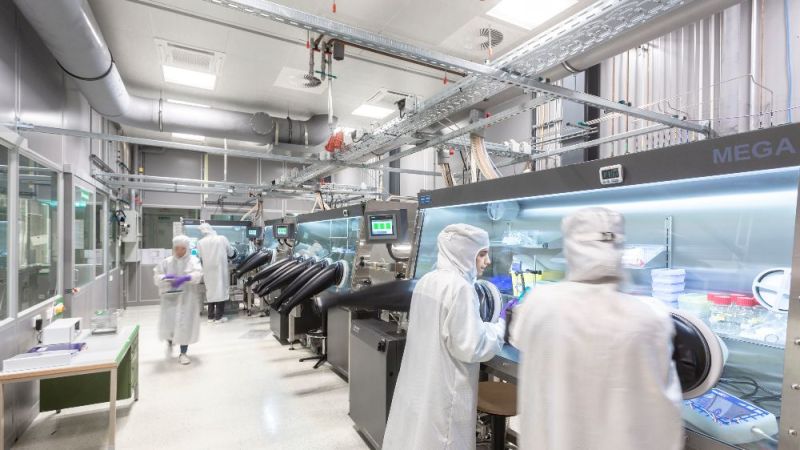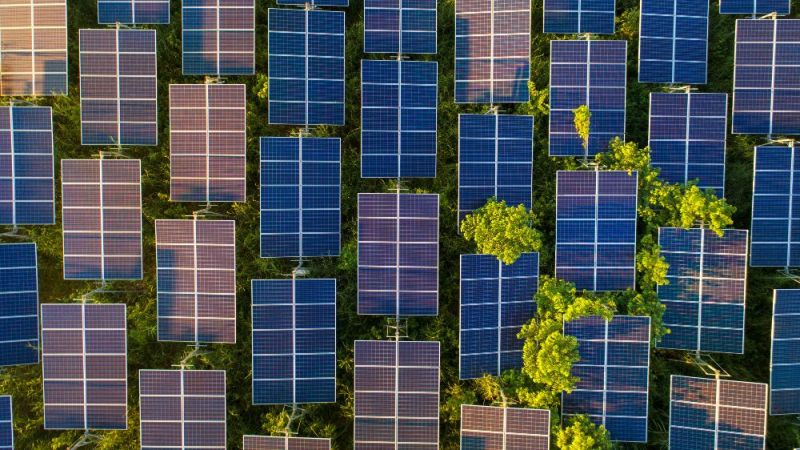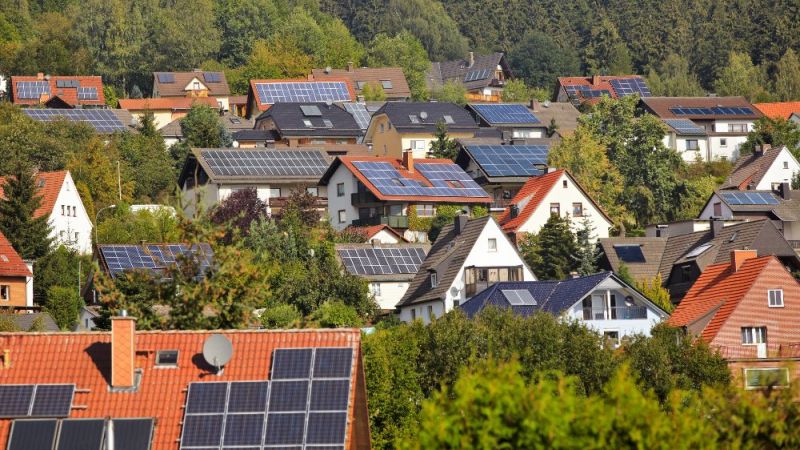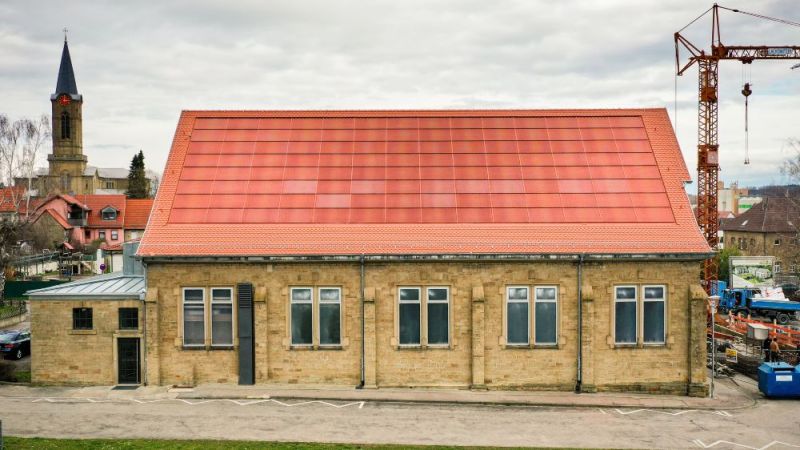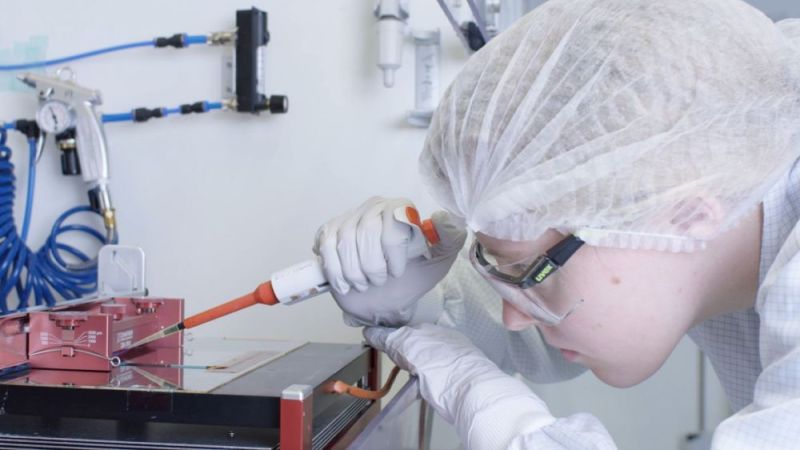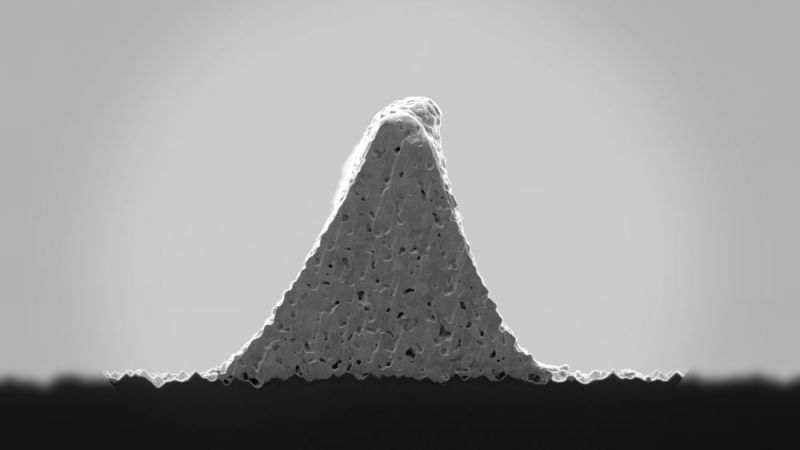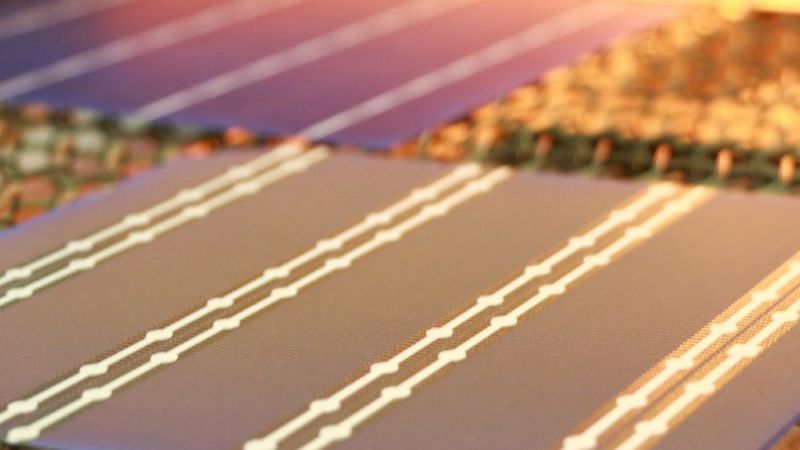Photovoltaics
Research goals for digitisation in photovoltaics
From rapid quality gains to maximum efficiency - a new research roadmap shows the goals of digitisation in photovoltaics.
The document has two broad strands: On the one hand, there is the production of cells, modules and components; on the other hand, there is the application of photovoltaics and their integration into the energy system. "The central question behind the topic of digitisation is: How do we get our energy system up to speed as quickly as possible with the help of photovoltaics?" says Professor Rolf Brendel, Institute Director at the Institute for Solar Energy Research in Hamelin (ISFH), who played a key role in the work on the roadmap. Decades of knowledge in photovoltaic research and experience in the field of digitisation are to be interlinked here. The experts from both areas will be working together for this purpose.
The roadmap is the result of a workshop of the Renewable Energy Research Network, in which experts from industry and institutes collected and weighted their experiences and expectations. Following this, the working group leaders of the network evaluated this material and gave it shape. Specific target dates for 2024, 2028 and finally 2035 now reflect the order of the upcoming research work here.
Self-learning factory based on digital twins
On the subject of data generation, for example, the development of special and cost-effective sensor technology for module-specific measurements in the power plant network is on the agenda for 2024, as is research into how the existing sensors can be utilised in the best possible way. Digital methods are already essential in current research projects. "We are always trying to optimise things and are constantly mapping them digitally", explains Rolf Brendel. "But the rapid progress of digitisation has also increased awareness of the opportunities it offers in our research areas and prompted a new way of looking at them."
The roadmap's goals for 2035 sound quite abstract, such as the development of digital twins for the entire production process as the basis for a self-learning factory. "It was a new thing in the workshop to take such a clear stance here and to formulate a vision for the future that brings together digitisation and photovoltaics", reports Professor Andreas Bett, Director of the Fraunhofer Institute for Solar Energy Systems ISE, who also played a key role in the roadmap. In the long term, the authors see the benefit of digitisation in more efficient and economical photovoltaics. "Germany is now at 50 per cent renewable energy sources in electricity production - and more photovoltaics will be added", says Andreas Bett. "Operating photovoltaics flexibly and intelligently is therefore a long-term goal in order to also get the maximum use of the energy generated."


